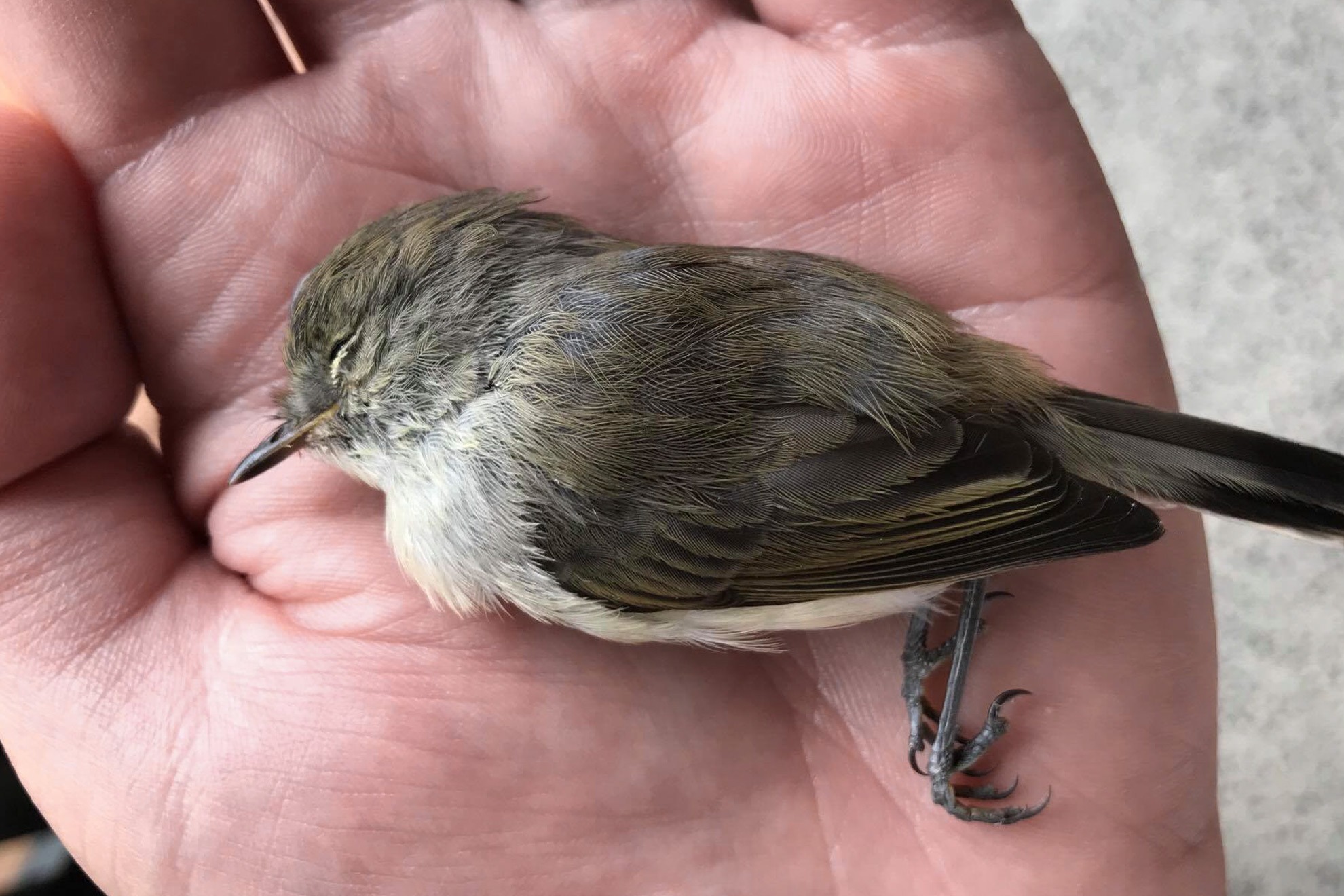Project brief
Wellington Cable Car is a high-profile attraction in the Capital City of New Zealand. Not only is the cable car used daily by local Wellingtonians, but it is also a significant visitor attraction. The Cable Car summit terminal building is located between two significant bird habitats – Wellington Botanic Garden to the north and Zealandia Ecosanctuary to the south. The stunning glass terminal building is unfortunately right in the flight path of birds and the Cable Car team report regular bird deaths including kererū, kakariki, korimako, ruru, as well as other bird species.
Stage Two of the Wellington Cable Car Bird Strike Prevention Project was started on the 9th of October 2023 and completed by the 12th of October 2023. The completion of the project sees over 3000+ sq ft. of Feather Friendly® Commercial Window Markers now protecting our native birds.
Project benefits and conservation outcomes
Birds dying and getting injured by flying into windows happen regularly in New Zealand, both in homes and commercial buildings. These are distressing experiences for all, and yet window strike seems to be accepted as unavoidable. We want to demonstrate that action can be taken to prevent bird deaths through an innovative initiative with the Wellington Cable Car. Windows are essentially invisible to birds, and collisions occur as birds try to fly through reflections of open space and plants. Worldwide the annual number of birds killed by collisions is estimated to be in the billions. Urban Wildlife Trust and Wellington Cable Car would like to make a difference to this animal welfare and conservation issue and to be the first building in New Zealand to officially install window markers designed to prevent window strike.
Experiments for effective window strike prevention have shown that exterior window applications, such as densely applied stripes or dots, are required. There are no local products available but Feather Friendly® Window Markers are proven effective overseas and they have reached out to partner with us on this project.
In addition to the conservation benefits of reducing injury and death of birds, the installation of Window Markers would also help reduce the distress caused to staff, visitors, and commuters witnessing any bird window strike at the Cable Car building. It will also empower New Zealanders to take their own action to mitigate window strikes and protect precious native birds from this avoidable human-created harm.





























